Winged Beauties of Balpakram National Park
Enmeshed with folklore and legends. Balpakram often referred to as the land of perpetual winds, a National Park located in the last frontier in Garo hills of Meghalaya is best kept secret in North Eastern part of India. Teeming with wildlife, it is a haven for naturalists, speleologists and indeed a trekkers paradise too. Recently we discovered that it is one the best places to Visit for lepidopterists and those interested in birding too.

A moderate trail turned out to be a hardcore off-road drive suddenly. Our gypsy driver was driving in top gear on the winding muddy trail, A bird with a wide wing span soared over our vehicle at a high speed and perched on a branch of a tree. I was groping for my DSLR. Sitting next to me our guide James gestured and pointed out at the bird, he added, look at the Crested Serpent Eagle. I could see its yellow eyes, with dark plumage through the lenses, getting down, and successfully made a portrait of it posing at me.
We were at Balpakram National park in the South Garo hills of Meghalaya.
 I was excited and was fortunate to finally be at my dream destination. Our jeep came to halt once we reached the buffer zone of the park. We could only hear the chirping of the birds, the sun was making furious attempts to kiss the ground. We walked through the foliage and hooked onto our gadgets.
I was excited and was fortunate to finally be at my dream destination. Our jeep came to halt once we reached the buffer zone of the park. We could only hear the chirping of the birds, the sun was making furious attempts to kiss the ground. We walked through the foliage and hooked onto our gadgets.

James added that Garos believe that the spirits of their ancestors live here. For nature lovers, there are scores of birds, butterflies, flowers and other flora and fauna to be spotted.
Though it is home to eight distinct species of cats living here, spanning from tiger to marbled cat. we could see fresh scats of Marbled cats on the rocks.
A fresh lump of droppings of elephant dung confirmed that it was an Asian elephant habitat. Though we were keen to sight endangered Red Panda, buffalo Bubalus which has piqued international interest still is an intriguing trait.
With absolute silence, making gestures we walked slowly. The birds were active in the morning, we could identify blue-throated barbet, Short bellied Minivet, Black-headed Oriole, White Spectacled Bulbuls, and Common Iora. because of its distinctive colors.
Their erratic movement made us difficult to identify and capture them. Though leaf birds and warblers were in visibility. We could hear only their continuous calls, it was hard to spot them, because of their color patterns.
The movement of Giant squirrels on the high trees, drew our attention sometimes which is common here. It was mistaken for a Red Panda, as they too are arboreal !. We came to know that, it's not been sighted for a long time. May have gone extinct here, but we were keen to find them in Nokrek National Park.
Awesome Carnivorous Plants
Some plants aren’t eaten by bugs—they eat the bugs themselves! Nearly 700 species of these carnivorous plants live throughout the world. We could see a green tubular carnivorous plant with pitcher-shaped leaves clinging to the ridge that forms a passive pitfall trap,
Pitcher plants, so called because of their hanging vase-shaped leaves, grow in places with nutrient-deficient soils. The rim of the pitcher is slippery when moistened by condensation or nectar, causing insects to fall into the trap.
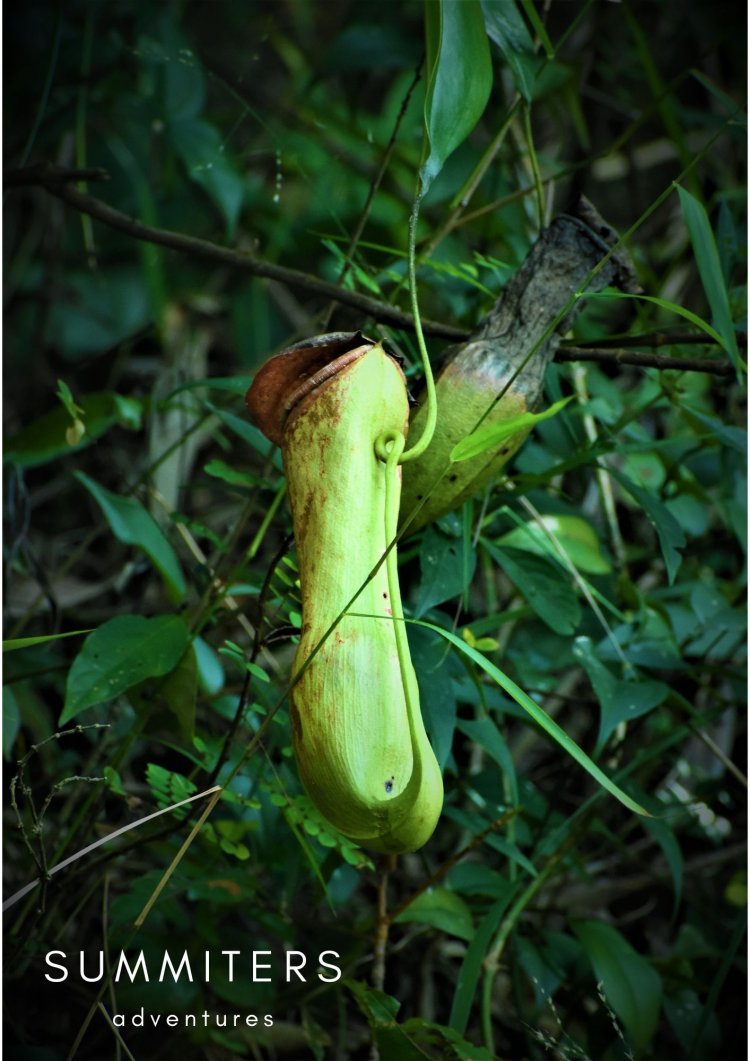
To survive, these plants evolved special mechanisms that allow them to entice, capture, and digest insects and other prey that give them the nitrogen and phosphorous they need to grow.
One of the best parts of the walk inside the park was sighting, numerous butterflies. They were bustling with activity. Few were mud puddling and few were busy feeding on nectar. A swarm of migrating butterflies caught my attention too. Few make furious attempts, flying from plant to plant to make the best use of sunlight.
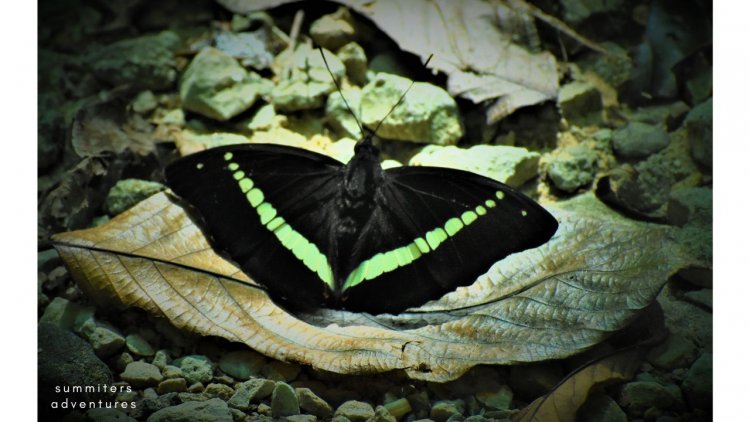
I felt sometimes, that i am disturbing them from absorbing thermal energy from the sun in order to boost their metabolism and have the strength to flutter from flower to flower.
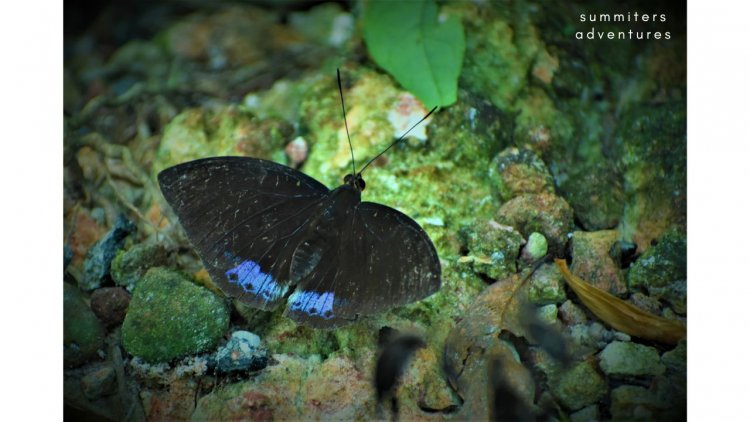
How come their paper-thin wings are delicate. How can they withstand the heat of the sun's rays?
We were told that Butterflies and moths don't need their hind wings to take to the air, but they do need them to turn quickly and evade predators. Their bright colors may advertise their maneuverability
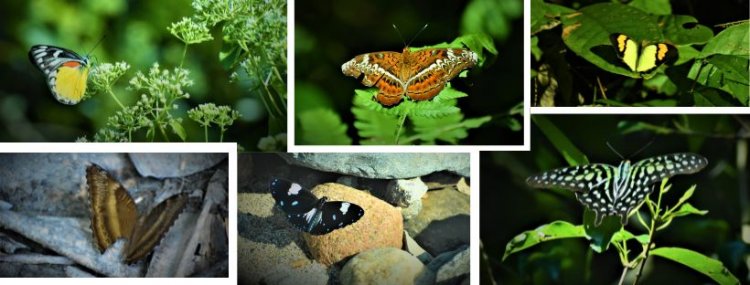
Though Monsoon had ended and Winter had just set in, I could find greenery around. There were a lot of flowering plants, and trees, and even I could find a few orchids in bloom. The whole path was a riot of colors and in full bloom, Which may be one of the reasons to spot so many butterflies, but I did not find any mention of, Balpakram in Meghalaya. It Is also not an exception for both birding and offering good opportunities for budding lepidopterists. I was able to identify, species such as Baraxa, Common Jezebel, Knight, Orange-tip, and Albatross to name a few. Apart from that, there were a few more species. I hope someone assists me in the identification process.
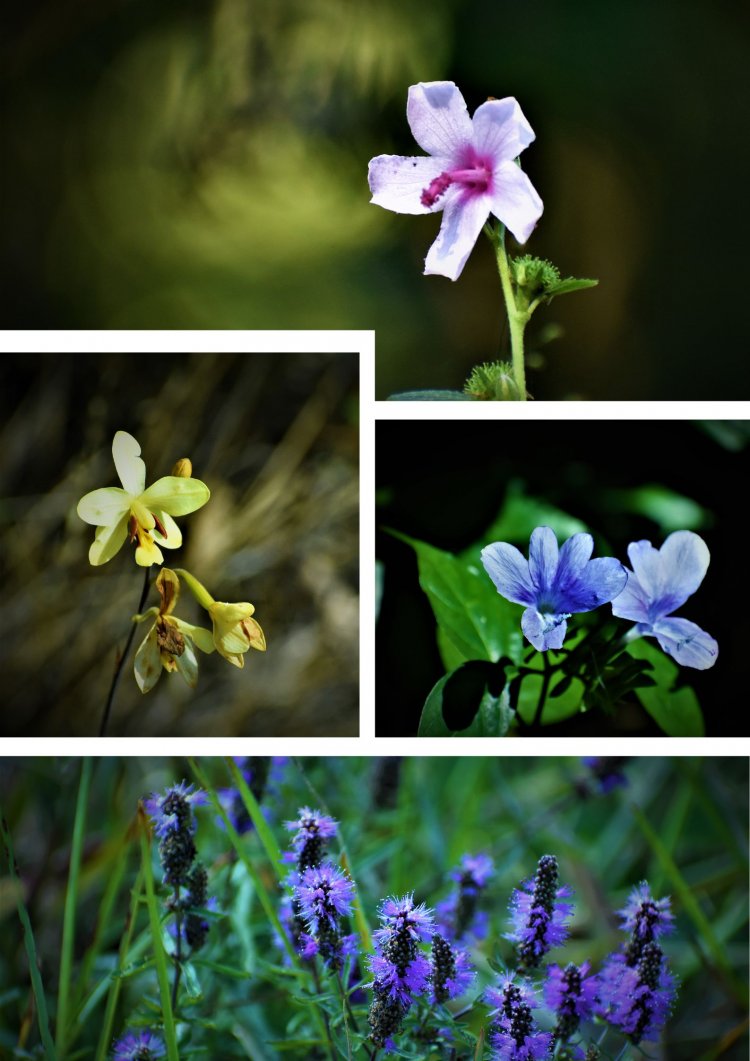
In a short duration of time, I could spot more than 20 species of butterflies. I had a misconception that National Parks are more about big animals. The winged beauties kept us occupied,
Dark Arch Duke, Common Sergeant, Banded Tree Brown, Dusky Diadem,
Common gull,
and yeoman
A good storyteller indeed James kept us occupied until we reached the Canyon, we were impressed by legends and mythical stories of the land, Though few were inclined to stay till dark, we had to dash to our gypsy, downhill as western skies were in a perfect silhouette.
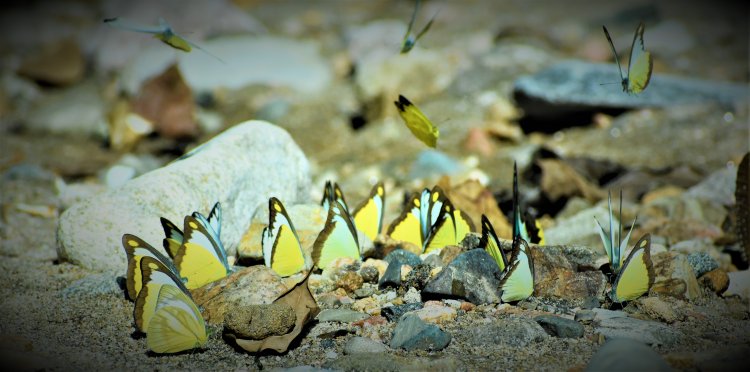
A Kaleidoscope of Chocolate Albatross engaged in mud puddling drew our attention. Unmindful of us, they were busy with some conspicuous activity. We did not like to disturb their privacy anymore !. We took a detour to reach the guest house at Balpakram

Before we questioned him about it. James began to tell us more about the suspicious activity that winged beauties were engaged in...!!!
How to Reach Balapakram National Park
The best and only way to reach Balpakram is by a 4 * 4 SUV, with an experienced driver.It takes a lot of travel on uneven dusty roads. Be well prepared for it.
Best Time to Visit
Seriously, after rains come to halt.
Permission to Enter the Park
Yes, you need to have prior written permission from the forest department. Entry is restricted without permission.
Where to stay
Basic accommodation is available, it is the only place to stay
For more details write to us summitersadventures@gmail.com or WhatsApp for more details on
+91 9740360365












